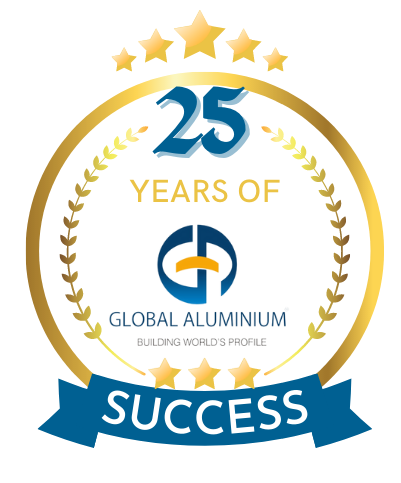Introduction:
In the industrial world, the choice of materials significantly impacts the success and efficiency of various projects. When it comes to industrial applications, the debate between aluminium extrusion profiles and stainless steel often arises. In this blog, we will delve into the advantages of aluminium extrusion profiles over stainless steel and explore their suitability for industrial purposes across different industries.
Weight and Strength:
One of the key advantages of aluminium extrusion profiles is their lightweight nature. Aluminium is significantly lighter than stainless steel, making it easier to handle, transport, and install. This weight advantage translates to cost savings, as less structural support is required. Moreover, aluminium extrusion profiles maintain a commendable strength-to-weight ratio, making them suitable for applications that demand structural integrity without unnecessary bulk.
Corrosion Resistance:
While stainless steel boasts impressive corrosion resistance properties, aluminium extrusion profiles are not far behind. Aluminium naturally forms a protective oxide layer, which acts as a barrier against corrosion. Additionally, the use of advanced coatings and treatments further enhances their resistance to harsh environmental conditions, such as saltwater or chemical exposure. In certain industries where corrosion is a major concern, aluminium extrusion profiles offer a cost-effective alternative to stainless steel.
Cost-effectiveness:
Cost-effectiveness is a significant factor in industrial applications, and aluminium extrusion profiles excel in this aspect. Aluminium is a relatively inexpensive material compared to stainless steel, making it a favorable choice for budget-conscious projects. Additionally, the lightweight nature of aluminium reduces transportation costs and simplifies installation, further contributing to cost savings. When projects do not require the superior strength of stainless steel, aluminium extrusion profiles offer a cost-effective solution without compromising performance.
Thermal Conductivity:
Aluminium extrusion profiles possess excellent thermal conductivity, making them highly suitable for applications involving heat transfer. They efficiently dissipate heat, making them ideal for industries such as electronics, automotive, and HVAC. On the other hand, stainless steel has lower thermal conductivity, making it less efficient in heat dissipation. Therefore, in industries where efficient cooling is crucial, aluminium extrusion profiles provide a clear advantage.
Design Flexibility:
Aluminium extrusion profiles offer exceptional design flexibility, allowing engineers and designers to create complex shapes and customized solutions. The extrusion process enables the production of intricate profiles with precise dimensions, making it an ideal choice for industries that demand unique designs. On the other hand, stainless steel’s higher strength and rigidity may present challenges in shaping and forming, limiting design possibilities.
Electrical Conductivity:
In industries that require electrical conductivity, aluminium extrusion profiles offer distinct advantages. Aluminium is an excellent conductor of electricity, making it suitable for electrical applications such as wiring, bus bars, and heat sinks. Stainless steel, while possessing some electrical conductivity, is not as efficient as aluminium in this regard.
